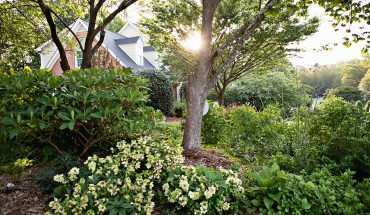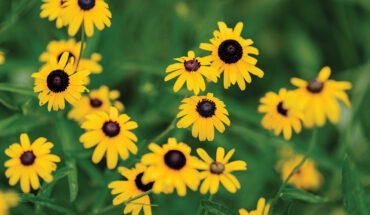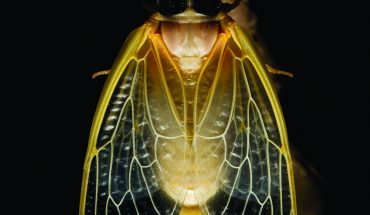by Tony Avent
I’ve grown many bulbs in my gardening life, but rarely has any plant enchanted me like the miniature Nothoscordum sellowianum. My love affair started in 1995 as I perused one of the obscure botanical journals (which qualify as plant porn to those who lust horticulturally in our hearts). There she was, on page 10 of the United Kingdom’s The New Plantsman in all her splendor: Ipheion sellowianum.
I had long enjoyed the pastel-flowered plant genus ipheion, but never in my wildest dreams did I imagine a golden-flowered form.
For those who aren’t familiar with the ipheions, they are South American onion relatives, hailing from the region near Buenos Aires where Argentina meets Uruguay and Southern Brazil.
The best-known member of this family is Ipheion uniflorum, commonly called spring starflower. It’s a bulb that provides a veritable spring carpet of white or blue flowers in area lawns.
My search for the golden Ipheion sellowianum was complicated by a group of people known as plant taxonomists, whose passion for plant genealogy often drives horticulturists to the brink of madness. Some of these taxonomists determined that Ipheion sellowianum was actually separated from its true relatives in the genus Nothoscordum. Other taxonomists demanded it be move to the genus Tristagma. Geez, folks!
Its confusing classification didn’t deter me. I scanned hundreds of nursery mail-order plant catalogs – and a newly developed tool called the Internet – until two years later, I finally found my horticultural holy grail at a small bulb nursery in the United Kingdom.
When it arrived in the United States, I carefully planted the tiny pea-sized bulb in our shaded woodland garden. After a solitary flower the next spring, the plant went dormant for the summer, as expected. Then it disappeared. Whether it didn’t like the shade or was gobbled up by a Caddyshack-like vole, it never did re-emerge.
At that point, other plants of Nothoscordum sellowianum had begun finding their way into the United States, so in 2001, I was able to acquire a second plant from a small bulb nursery in California.
My new acquisition went into our full-sun, raised rock garden, where it truly prospered – and still thrives 13 years later. Subsequent divisions and trial plantings in sunny moist composted soil were even more robust, multiplying far faster than my drier rock garden plantings.
In the garden, Nothoscordum sellowianum makes an easy-to-grow, small clump of tiny, narrow green leaves, one inch tall and 10 inches wide. For us, it begins flowering in late January with a steady progression of brilliant yellow, sweetly fragrant, goblet-shaped yellow flowers until April. A native of the Southern hemisphere, its timing is the exact reverse of its June-September flowering in the wild.
Unlike many nothoscordums, Nothoscordum sellowianum is completely sterile, so it doesn’t create garden seedlings like many of its promiscuous cousins. For us, Nothoscordum sellowianum makes an incredible 10-inch clump in five to 10 years, often with dozens of flowers open at the same time (though not on a cloudy day).
I truly love this winter-flowering gem. It’s a perfect ray of sunshine to remind you that spring is right around the corner.




